On message strategy and more.
On message strategy and more.
Compelling: One of the four principles of Message Strategy
Reminder: Message Strategy is a principled approach to what you say and how you say it — in order to achieve a goal. There are four principles: Customer-centric, clear, compelling, and controlled. AKA the 4Cs. AKA the four things that make a message work.
What does “compelling” mean in messaging?
A compelling message is one that stops and moves. How can it do both? Well obviously you want to move people to action. But you have to get their attention first.
Take an ad, for example. The first job of an ad is not to communicate anything. It’s to stop the viewer. Get them to cease the scrolling. Interrupt the page-flipping. Let off the fast-forward. Because if you don’t stop them, then nothing else matters, right? Your message never has a prayer if it doesn’t get seen.
Let’s look at a classic example.
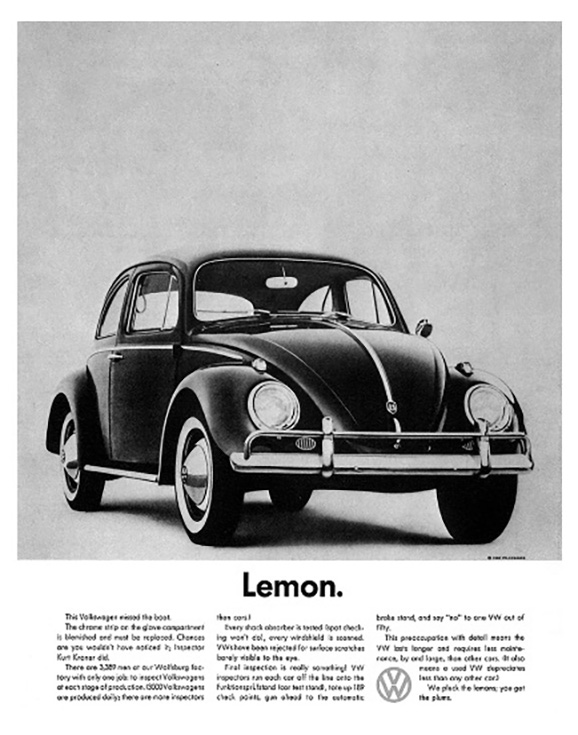
The Volkswagen Lemon ad is one of the all-time greats, one of the most famous ads in history. (I’m proud to say I own a tearsheet of it.) Observe the simple stopping power of this design. The pronounced hierarchy. The shocking claim. What company would disparage their own product? Really, they’re saying their car is no good? It’s totally unexpected, right? I’ve gotta read this, see what this is about. And when I do, it tells me a story that makes a point.
So, storytelling, right? Not a new idea, but very powerful. This ad is irresistible, unforgettable, and a timeless example of compelling.
Definitions of Compelling:
Merriam-Webster:
• Demanding attention
• Convincing
Webster:
• Irresistibly or keenly interesting, attractive; captivating.
Dictionary.com:
• Forcing or pushing toward a course of action
Why should a message be compelling?
Let me channel my inner Mississippi here: If it ain’t compelling, it ain’t gonna work. Plain and simple.
But let’s break it down. A compelling message gets noticed. It sets your brand apart. It creates a connection between you and your audience. It gets remembered. And maybe, just maybe, it gets shared. (Because everybody wants to go viral, haha.)
Potentially, a compelling message does all the work of the AIDA model. That is, it leads the audience through successive stages of Awareness, Interest, Desire, and Action. As your sales reps will tell you, that’s a funnel. (AIDA is the original funnel, going back to 1910 or before. You should know your AIDA history.)
Exclude this sentence until the corresponding blog post is written.
Benefits and advantages of a compelling message
A compelling message:
- Grabs attention
- Differentiates
- Creates interest
- Builds an emotional connection
- Increases the chance of conversion
Here’s another fine example of a compelling message.
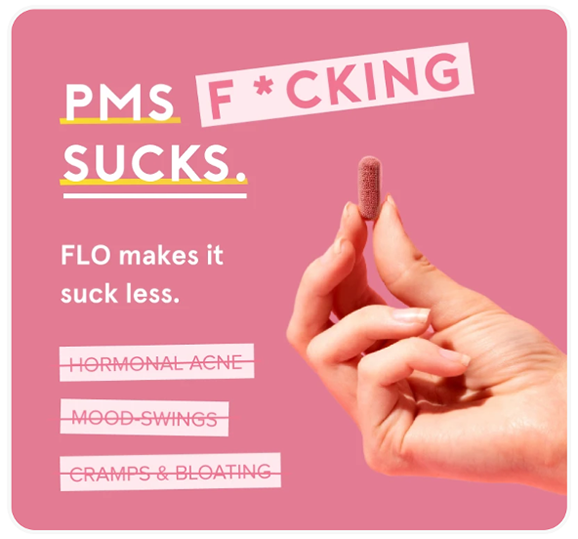 Credit source: marketingexamples.com
Credit source: marketingexamples.com
The color. The cuss word. The type treatment. This is an ad that stands out. Job 1? Done. Even more so, it connects with its audience emotionally. You get me. I appreciate you. Powerful.
What makes a message compelling?
We’ll get into specifics, but generally… Feature images. Write verby. Appeal to emotions. Tell stories. And where appropriate, employ Robert Cialdini’s principles of influence (more on these later).
If your business model is hurting for a point of difference (for example, you’re a distributor of commodities), these techniques can actually help distinguish you from your competition.
Storytelling in particular has had a lot of buzz. And it deserves it. I’ll spare you a speech on the power of stories. You can find plenty on that. But I do want to say this: I fear that to some degree storytelling has been misunderstood (at best) and co-opted (at worst). I base this on personal experience. When this year’s new marketing initiative is “we’ve got to tell our story” — and yet the “story” is the same old value proposition as last year, somebody doesn’t get it. What is a story? You knew the answer when you were little. It starts “once upon a time.” A story is a thing that happened.
Here’s an example of storytelling:
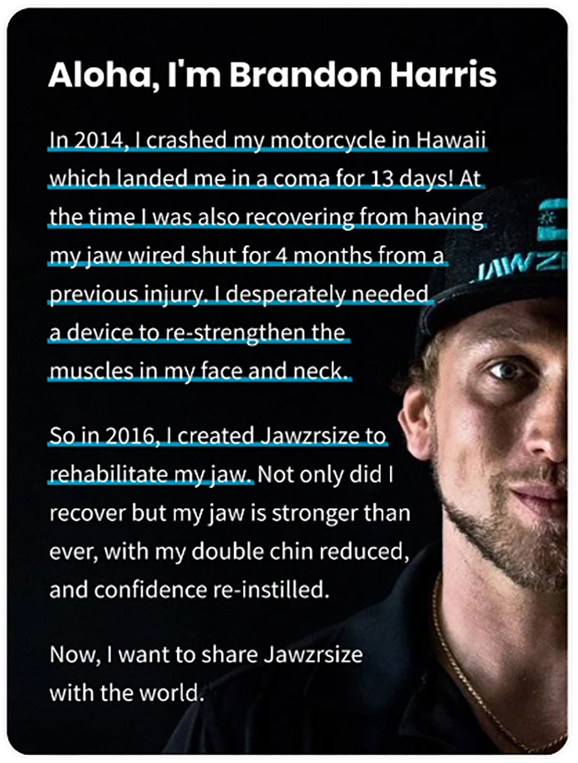
Notice this breaks the rule of making your message about the customer. The power of story outweighs that (although I would suggest a stronger headline).
Stories are gold. You have to mine for them. The best way to dig them up: Conduct one-on-one interviews.
To make a message compelling:
• Use visuals.
• Use action-oriented language.
• Use emotional appeals such as humor, pathos, or nostalgia to connect with the audience on a deeper level.
• Use storytelling to create a narrative that is relatable and/or engaging.
• Use social proof such as testimonials, endorsements, or case studies.
• Use scarcity tactics to create a sense of urgency and to increase perceived value.
Verbally compelling
From a writing standpoint, you want to be verby. Verbs are where the action is. You want a healthy number of verbs, few adjectives, and very few adverbs.
I once worked with a gal named Katie Price, a graduate of the Iowa Writers’ Workshop. Phenomenally talented. She taught me to think of writing like managing a budget. You have a fixed number of dollars in the bank to spend on words. Nouns and verbs are cheap. Adjectives cost more. And adverbs are really, really expensive. So you have no choice but to limit them.
I think of it this way: Adverbs and adjectives are helping words. Meaning they exist to prop up a word that isn’t strong enough to stand on its own. Your goal should be to use strong words that don’t need crutches. If a noun needs an adjective, maybe you need a different noun. An adverb, God forbid, modifies a verb, or worse, it modifies an adjective which modifies a noun or verb. Which means an adverb is sometimes a helper of a helper. That’s some serious weakness going on. Again, you need stronger words, and that takes some extra effort. Either that, or you’re trying way too hard to intensify what you’re saying. You may be exaggerating, in fact. Which creates credibility problems. People can smell it when you stretch it. My own little rule: If it ends in -ly, it sounds like a lie.
(Okay, I know there’s at least one of you out there who’s gonna go through this piece and count all the adverbs just to show me up. Come at me, bro.)
Anyway, for strength, you want that active voice, not passive (is, am, are, was, were). And marketing adores the imperative mood (a direct command, with the understood you as the subject; it’s the staple of CTAs).
If you’ve got facts to support your argument, present them. If you’ve got stories, tell them. If you’ve got features, translate them to benefits.
And keep in mind the incredible work of Dr. Robert Cialdini, who gives us these principles of persuasion:
• Reciprocity — When we receive something, we feel obligated to give something back.
• Scarcity — We perceive something to be more valuable when it’s less available.
• Authority — We tend to obey figures of authority (people with titles or expertise).
• Consistency — We feel compelled to be consistent with what we’ve said/done in the past.
• Liking — We are more likely to agree to someone’s request if we know and like them.
• Social proof — When we’re uncertain how to behave or react, we look to others for answers.
Verbal ways to be compelling:
• Be verby. Use active voice and imperative mood.
• Present facts.
• Tell a story.
• Translate features into benefits.
• Employ Robert Cialdini’s principles of influence.
Visually compelling
Most of your stopping power comes in the form of contrast from your message’s environment. If there’s a white page full of black type, the overall effect is a large gray area. You pop a color illustration in there, and you’ve got eyeballs. If the environment is cluttered, create an open area, roomy, with lots of white space. You get the idea.
You know what visual hierarchy is — things arranged in size order. To arrest attention, use a pronounced hierarchy. You do this by exaggerating the gap between the biggest element and all the others. This creates a sense of drama. And we all love drama. Admit it. It’s irresistible.
This campaign we did for Regus is a good example. Notice the dramatic difference in the space allotted for the headline and the relative size of all the other elements. Flipping through an airline magazine, you’re not going to miss this. That’s stopping power. Also, notice how the words reflect the feelings of the target audience. That’s emotional appeal.
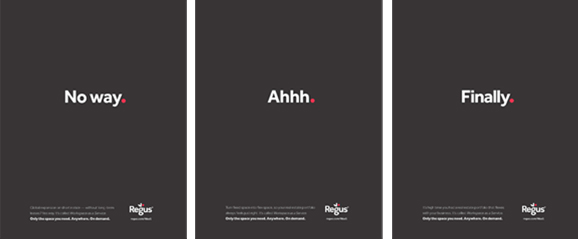
Of course, if you can depict or demonstrate a product advantage, you should totally do so. Or use a side-by-side comparison. As they say, seeing is believing.
Visual ways to be compelling:
• Create high contrast against the message environment.
• Compose with dramatic hierarchy.
• Show proof or make a comparison.
Are there more ways to make a message compelling?
Absolutely. Most of the above are explicit ways. But there are also esoteric ways. And there are exceptions. More on this in a future blog post.
Compelling messages: Further reading and inspiration
Want to learn more about making your message compelling? Check out these standout works.
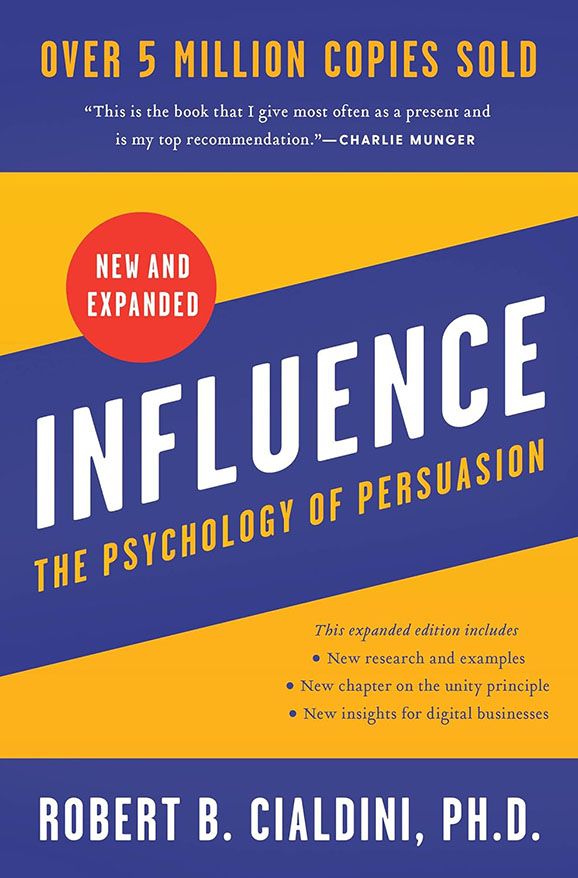 Credit source: influenceatwork.com
Credit source: influenceatwork.com
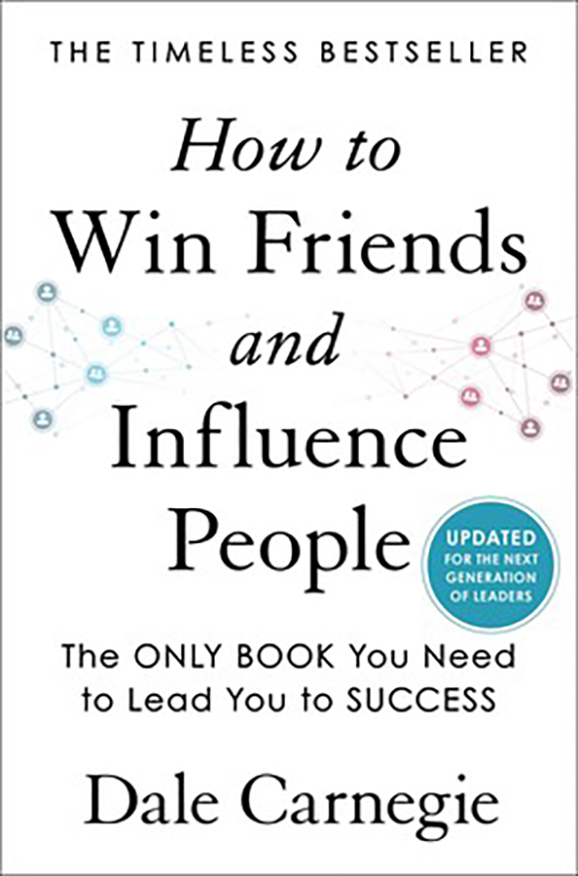 Credit source: dalecarnegie.com
Credit source: dalecarnegie.com
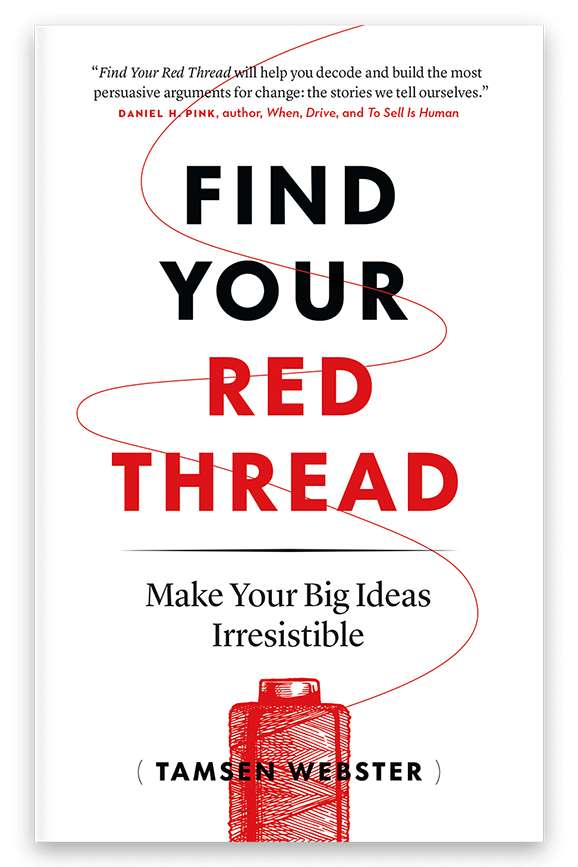 Credit source: tamsenwebster.com
Credit source: tamsenwebster.com
“People will forget what you said, people will forget what you did, but people will never forget how you made them feel.”
— Maya Angelou
Weigh in: Compelling as a principle of Message Strategy
Your input can help us refine the principles of Message Strategy, so we in turn can help others.
Being compelling is a big part of what makes a message effective. Do you agree or disagree with our assertions? Hit us with your cheers and challenges.
Ready to prove or disprove the compelling principle? Send us some examples.
Put compelling messaging into practice
Are you creating sales playbooks? An ad campaign? A tagline? How would you rate your own messaging in terms of being compelling? Help yourself to our free assessment.
Need to ensure adoption of your sales program, new product offering, or company strategy? Let’s talk.
Related:
Message strategy: An official definition
How to make your message customer-centric
How to make your message clear
How to make your message controlled




